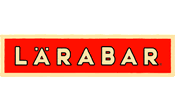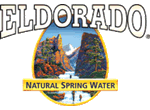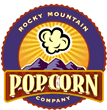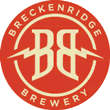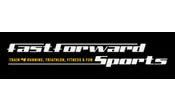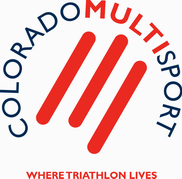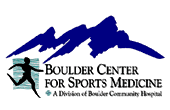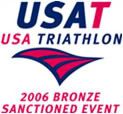Bike HOT
Despite the abundance of smooth, wide shoulders and bike lanes adorning the roads around our race site, CDOT and the police departments were not overjoyed at the idea of having cyclists racing around their roads at night. Especially a Saturday night, and I couldn't disagree.
After decades of adventure racing, where we typically go for a week or more with only a few hours sleep, I am well aware that it is motorists pose the greatest danger to cyclists. As one officer put it, a flashing light is like a magnet to a drunk driver. Despite a 12 ft shoulder on highway 119, flashing digital displays, bright orange announcement signs, cones every 100 yards of the bike course, and police with patrol cars at every intersection there was still a collective holding of breath.
One of the concessions we made was to use
The challenge of having dirt sections (34% of the bike course distance) was to make sure it was rideable on at least a road bike. For local cyclists this is no problem, in fact handling (and better still enjoying) the local dirt roads at speed on a standard road racing bike is regarded as standard. The Boulder Roubaix is a must-do on the bike racing calendar, and 80% of the course is on dirt, replete with steeps and tight turns. Imagine the fun with categories sporting packs of over a hundred riders. Yippee.
24 Hours of Triathlon is no
Some of the athletes were smart enough to bring several bike choices and used a combination or road, TT and mountain set ups. Our “retro bike” competition brought out all sorts of beautiful classic machines (you had to ride the bike for at least one leg), and we saw everything from beach cruisers to 1970's "10 speeds" with coaster brakes and even a vintage 1950s European racing bike.
This year's bike course will be on smooth bike lanes in Cherry Creek State Park, no through traffic and virtually vehicle free at night. This is assuming our permit comes through, oherwise we'll back in Boulder, just as picturesque, and a little more challenging to boot.

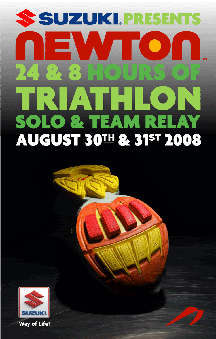 24 Hours of Triathlon is an exciting and highly motivating team relay and solo competition. This race is about strategy! Competitors "bank" as many legs in each discipline as desired, with the goal of accumulating the greatest number of "complete triathlons." The race format is 0.24 mile swim - 11.2 mile bike - 2.6 mile run, repeated for 24 hours. Racers bond with each other by working towards a common goal and sharing in their success. Everyone finishes: satisfied, inspired and energized!
24 Hours of Triathlon is an exciting and highly motivating team relay and solo competition. This race is about strategy! Competitors "bank" as many legs in each discipline as desired, with the goal of accumulating the greatest number of "complete triathlons." The race format is 0.24 mile swim - 11.2 mile bike - 2.6 mile run, repeated for 24 hours. Racers bond with each other by working towards a common goal and sharing in their success. Everyone finishes: satisfied, inspired and energized!











